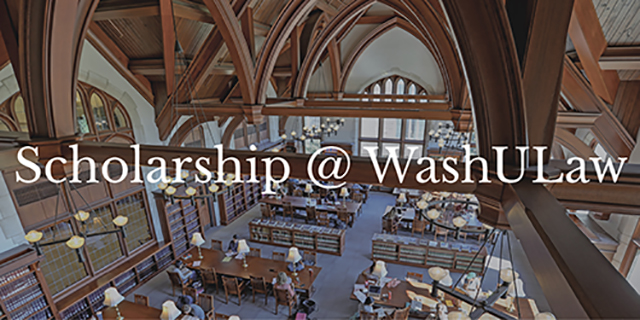
Scholarship@WashULaw
The Supreme Court Forecasting Project: Legal and Political Science Approaches to Predicting Supreme Court Decisionmaking
Document Type
Essay
Publication Date
2004
Publication Title
Columbia Law Review
Abstract
This Essay reports the results of an interdisciplinary project comparing political science and legal approaches to forecasting Supreme Court decisions. For every argued case during the 2002 Term, we obtained predictions of the outcome prior to oral argument using two methods—one a statistical model that relies on general case characteristics, and the other a set of independent predictions by legal specialists. The basic result is that the statistical model did better than the legal experts in forecasting the outcomes of the Term’s cases: The model predicted 75% of the Court’s affirm/reverse results cor- rectly, while the experts collectively got 59.1% right. These results are nota- ble, given that the statistical model disregards information about the specific law or facts of the cases. The model’s relative success was due in large part to its ability to predict more accurately the important votes of the moderate Jus- tices (Kennedy and O’Connor) at the center of the current Court. The legal experts, by contrast, did best at predicting the votes of the more ideologically extreme Justices, but had difficulty predicting the centrist Justices. The rela- tive success of the two methods also varied by issue area, with the statistical model doing particularly well in forecasting “economic activity” cases, while the experts did comparatively better in the “judicial power” cases.
Keywords
US Supreme Court, Political Science, Statistical models, Predictions
Publication Citation
Theodore W. Ruger et al., The Supreme Court Forecasting Project: Legal and Political Science Approaches to Predicting Supreme Court Decisionmaking Essay, 104 Colum. L. Rev. 1150 (2004)
Repository Citation
Kim, Pauline; Ruger, Theodore W.; Martin, Andrew D.; and Quinn, Kevin M., "The Supreme Court Forecasting Project: Legal and Political Science Approaches to Predicting Supreme Court Decisionmaking" (2004). Scholarship@WashULaw. 464.
https://openscholarship.wustl.edu/law_scholarship/464


